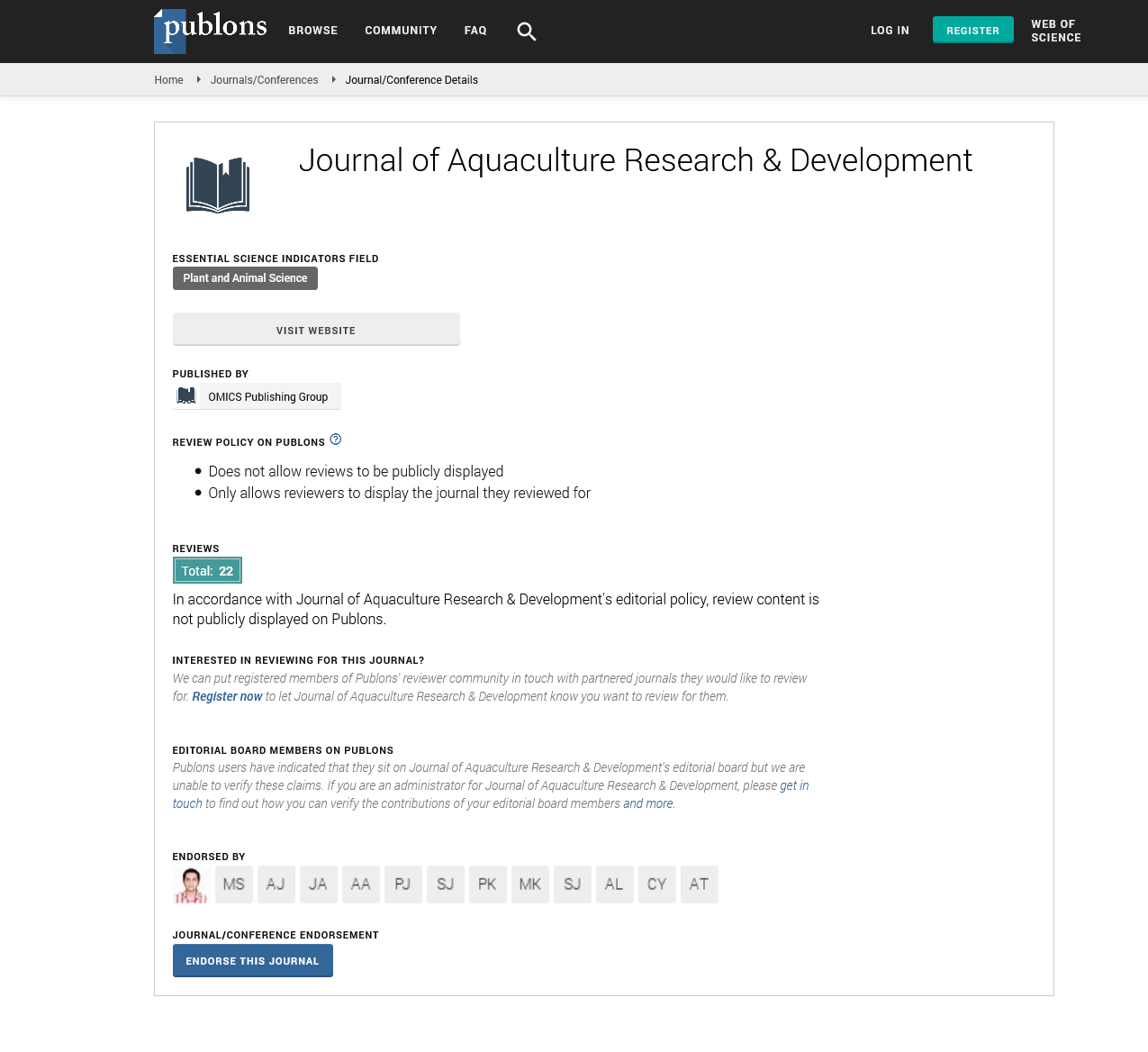Indexed In
- Online Access to Research in the Environment (OARE)
- Open J Gate
- Genamics JournalSeek
- JournalTOCs
- Scimago
- Ulrich's Periodicals Directory
- Access to Global Online Research in Agriculture (AGORA)
- Electronic Journals Library
- Centre for Agriculture and Biosciences International (CABI)
- RefSeek
- Directory of Research Journal Indexing (DRJI)
- Hamdard University
- EBSCO A-Z
- OCLC- WorldCat
- Scholarsteer
- SWB online catalog
- Virtual Library of Biology (vifabio)
- Publons
- MIAR
- University Grants Commission
- Euro Pub
- Google Scholar
Useful Links
Share This Page
Journal Flyer

Open Access Journals
- Agri and Aquaculture
- Biochemistry
- Bioinformatics & Systems Biology
- Business & Management
- Chemistry
- Clinical Sciences
- Engineering
- Food & Nutrition
- General Science
- Genetics & Molecular Biology
- Immunology & Microbiology
- Medical Sciences
- Neuroscience & Psychology
- Nursing & Health Care
- Pharmaceutical Sciences
Abstract
Propylene Fibers Infused with Silver Nanoparticles Effectively Combat Saprolegnia Fungi and Boost the Survival Rates of Fertilized Caspian Salmon Salmo trutta caspius Eggs
Amin Azimzadeh, Mohammad Reza Kalbassi*, Mehdi Soltani, Omid Safari
In order to examine the antifungal properties of nanoparticles for managing saprolegnia fungal infections in endangered Caspian salmon hatcheries, we conducted a study using filters containing three different concentrations of Silver Nanoparticles (SNP) (0.7, 1.5, and 2.5 g SNP) infused on polypropylene fibers (PSNP). These PSNPs were integrated into polyethylene-cylinder filters within Semi-Recirculation Incubators (SRI) containing 150 fertilized eggs (n=3). Additionally, absorbent materials such as active carbon and zeolite (200 g each in SRIs) were placed in the filters, alongside a positive control treatment without any active carbon, zeolite, and PSNPs. SEM images showed silver nanoparticles confused on fiber surfaces, and ICP analysis confirmed polypropylene fiber's effectiveness in retaining SNP. We measured the Survival Rates (SR) at three stages: From fertilized eggs to eyed eggs (P1), from eyed eggs to hatching (P2), and from hatching to the swim-up larval stage (P3). The survival rates at the eyed-egg stage in SRIs with 2.5% PSNP (96.44%) were significantly higher (P<0.05) than those in the control treatment (81.11%). We also observed a significant increasing trend in SRs (average 94.12-96.26%) during the P2 stage as the PSNP concentration increased from 1.5% to 2.5%, compared to the control treatment (83.64%). Furthermore, at higher PSNP concentrations, the larval survival rates (P<0.05) significantly improved (71.33-87.56%) compared to the control treatment (40.89%) during the P3 stage. Also, the decreased fungal density of the incubation water from 3 to 2 (log fungi spore density), revealed the antifungal properties of Ag-nano fibers in 2.5% PSNP. In conclusion, filters containing PSNP effectively managed the density of fungal spores in the hatchery incubator and improved the survival rate of Caspian salmon.
Published Date: 2025-09-14; Received Date: 2024-08-06

